The Characteristics of Youthful Skin
Young-looking skin is easy to identify. It is smooth, supple, free of pigmentation, and appears thick and luminous, reflecting light, which makes your skin appear super soft and youthful.
However, as we age, the protective mechanisms like collagen production and cell turnover rate that keep our skin looking young and fresh begin to diminish. The skin anatomically changes, making it look more dull, thin, and varied in tone and texture, ultimately giving you an older, more lackluster appearance.
Understanding Skin Aging & Texture
The skin is made up of several layers:
- Stratum Corneum
The topmost layer composed of essentially dead skin cells. This layer also consists of the skin barrier to protect underlying tissues from bacteria, dehydration, environmental stress. - Epidermis
The layer beneath the stratum corneum. It contains living cells that continuously divide and replace the dead cells that shed from the surface. The epidermis plays a key role in skin regeneration, pigment production, and overall skin health. - Dermis
The thick layer beneath the epidermis. It houses collagen and elastin fibers, which provide structural support, elasticity, and strength to the skin. The dermis also contains blood vessels, nerves, and glands that help with thermoregulation, sensation, and hydration.
When we are young, the stratum corneum is thin, and the epidermis and dermis are thick. As we age, the stratum corneum thickens with more layers of dead skin cells, while the dermis thins due to collagen loss and structural changes.
This results in rough, non-reflective skin. Think of it like peeling an onion: the outer layers are dull, but as you peel away the layers, you reach the fresh, glistening inner layer. By removing the dead skin cells on top of your skin, you reveal the bright layer of the epidermis beneath, making the skin look reflective and feel smooth.

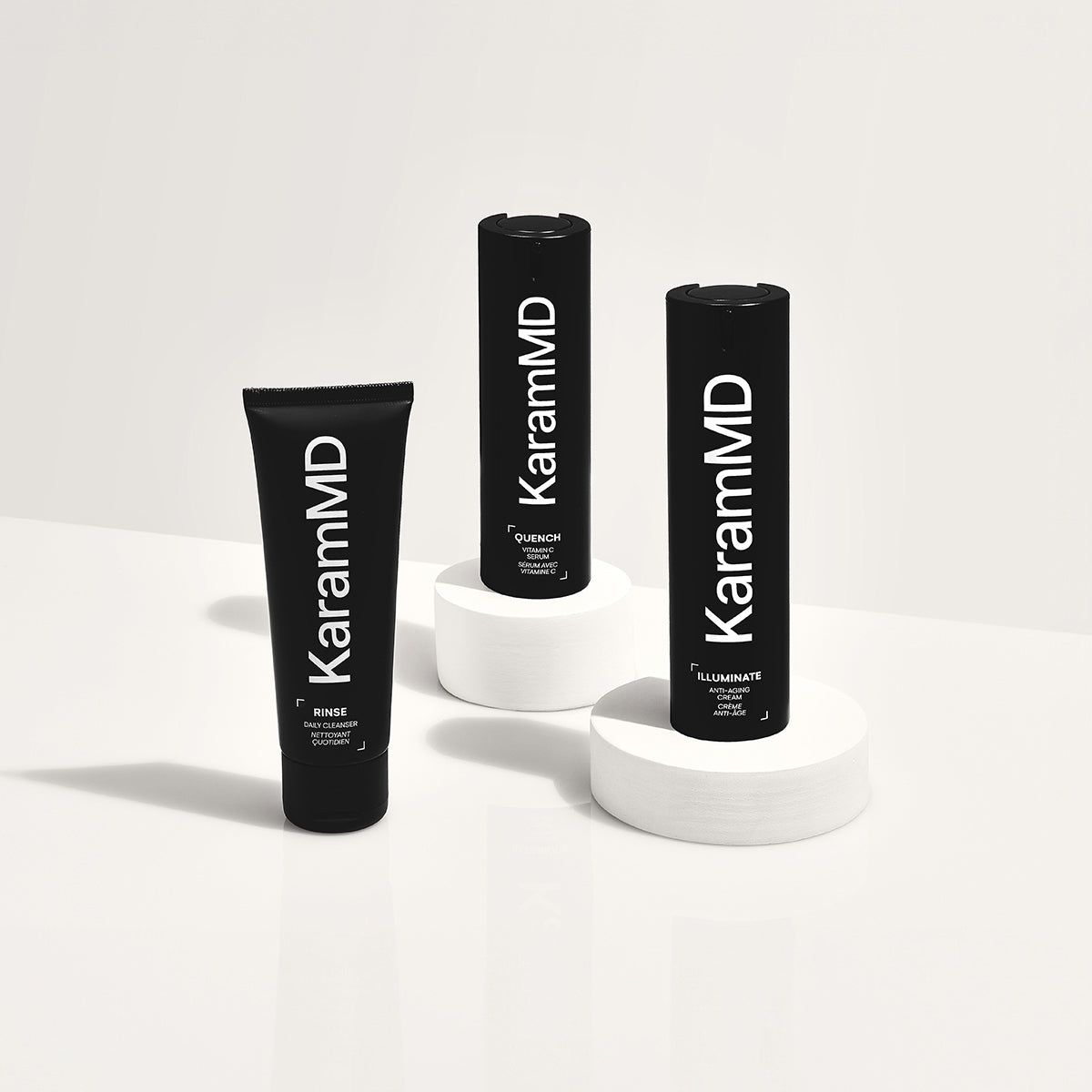
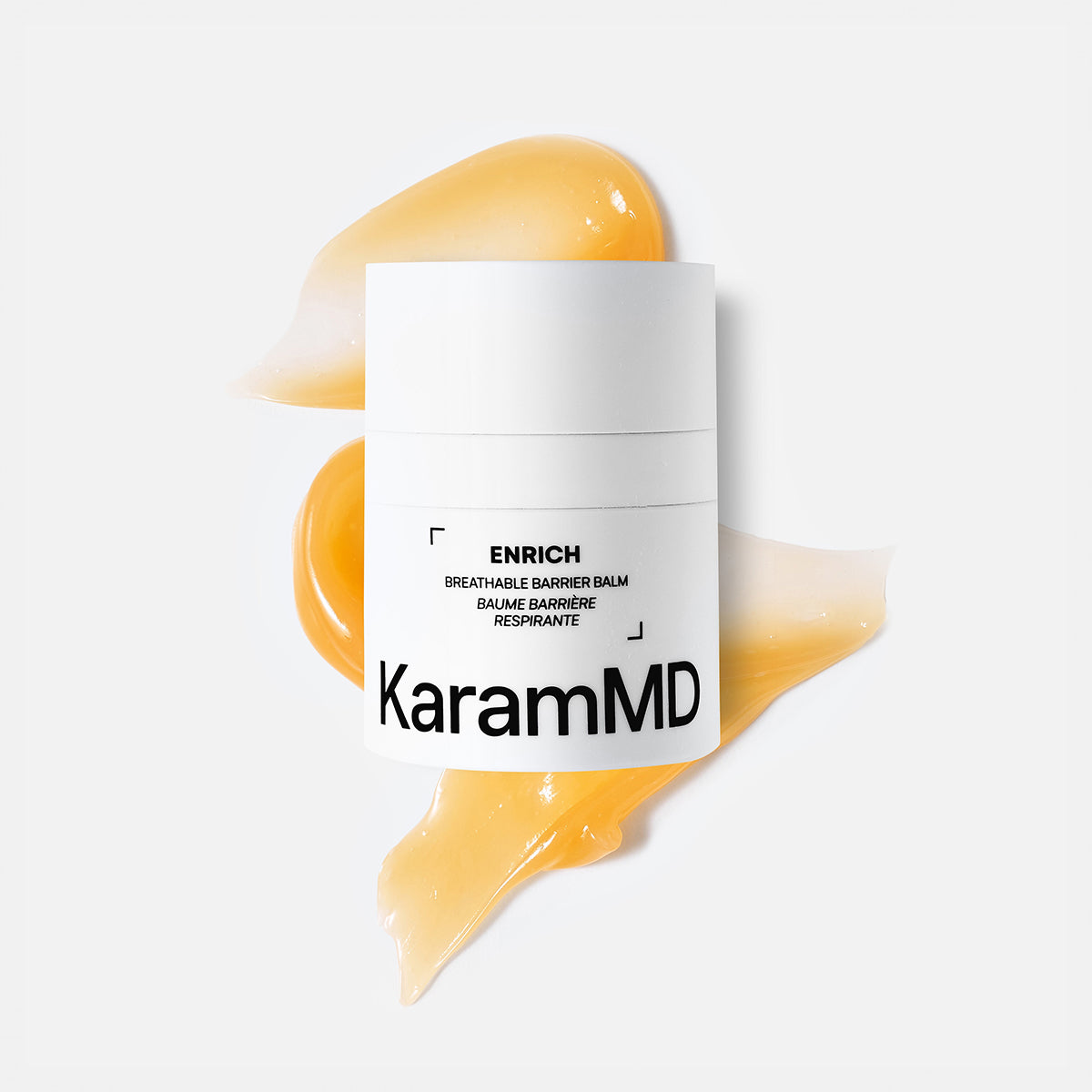
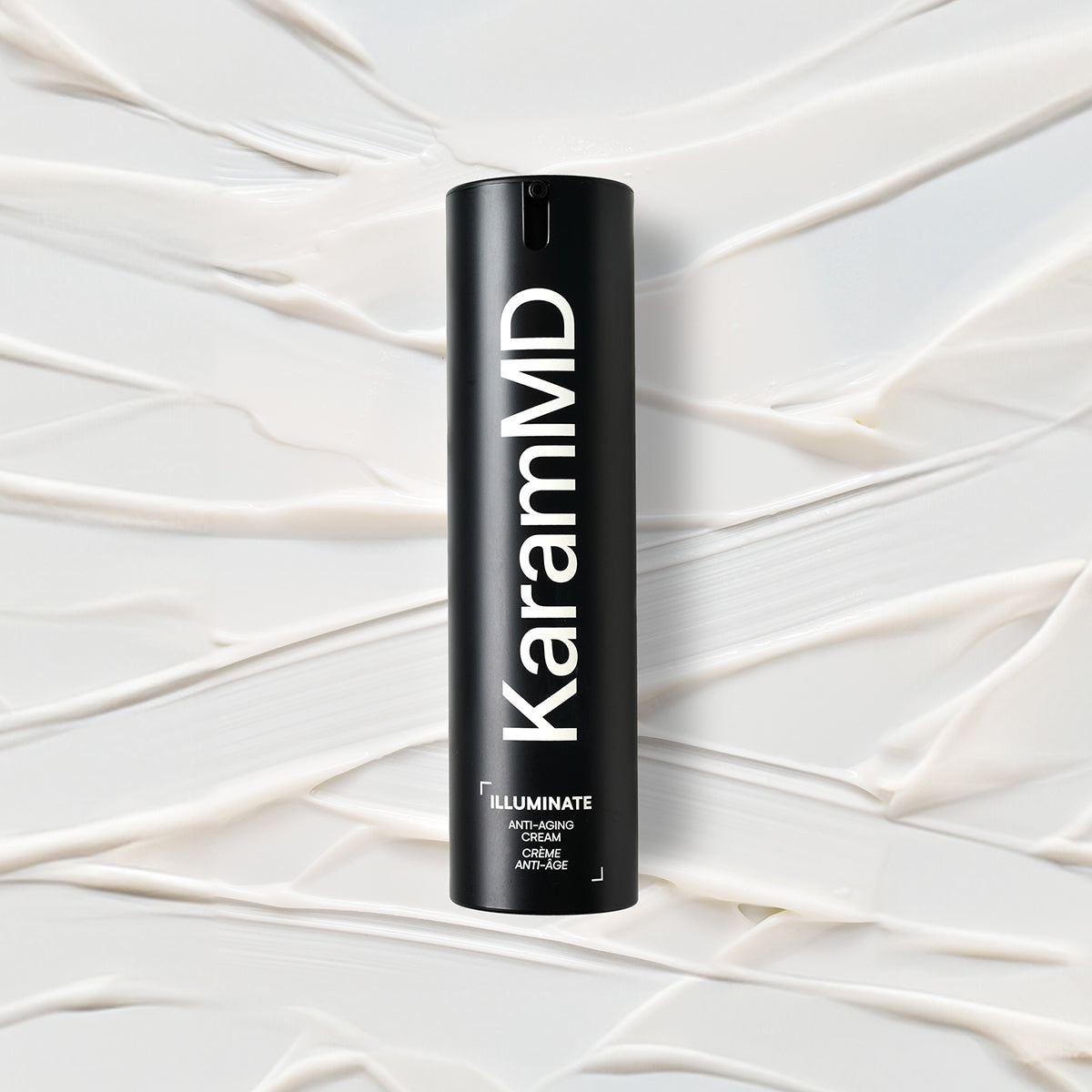
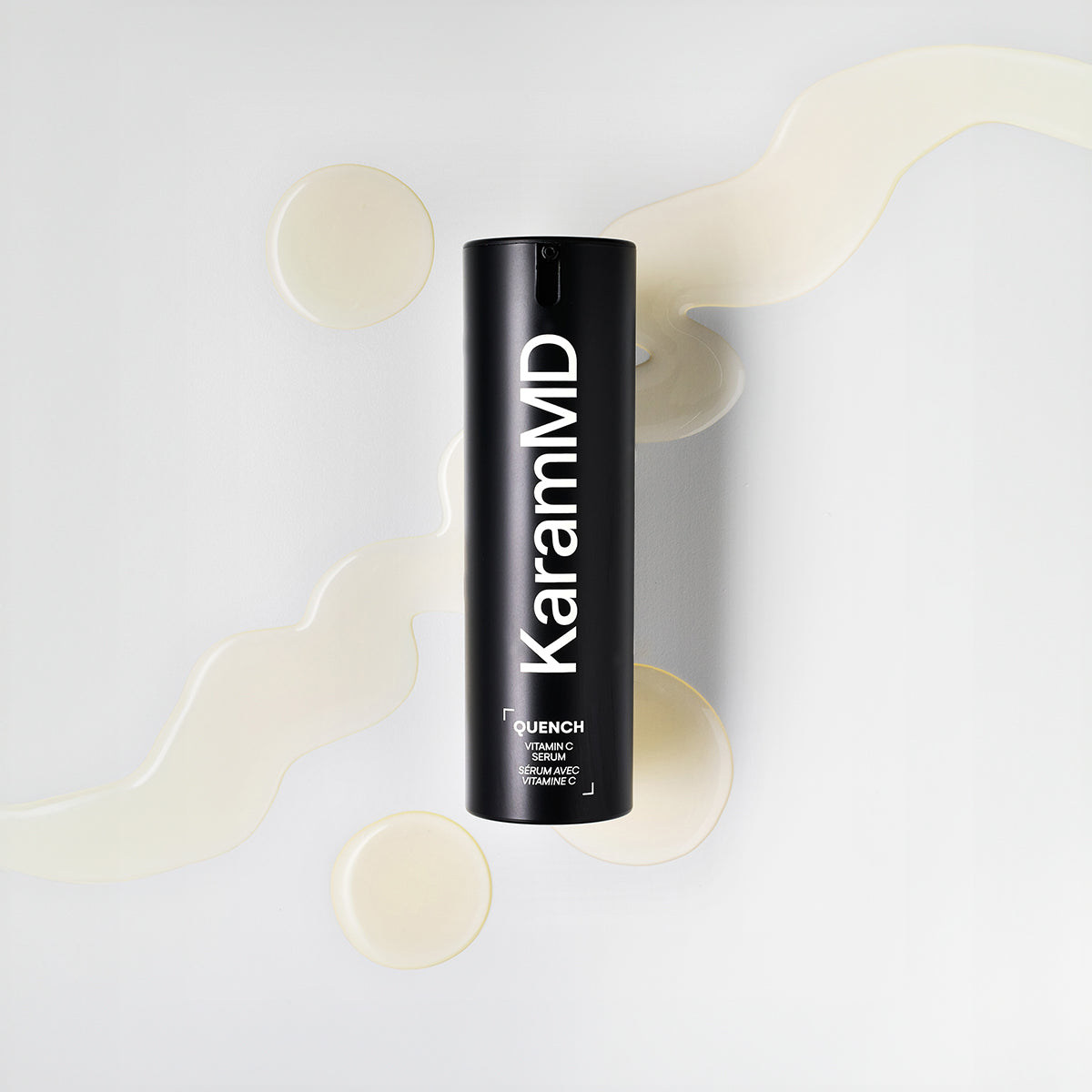
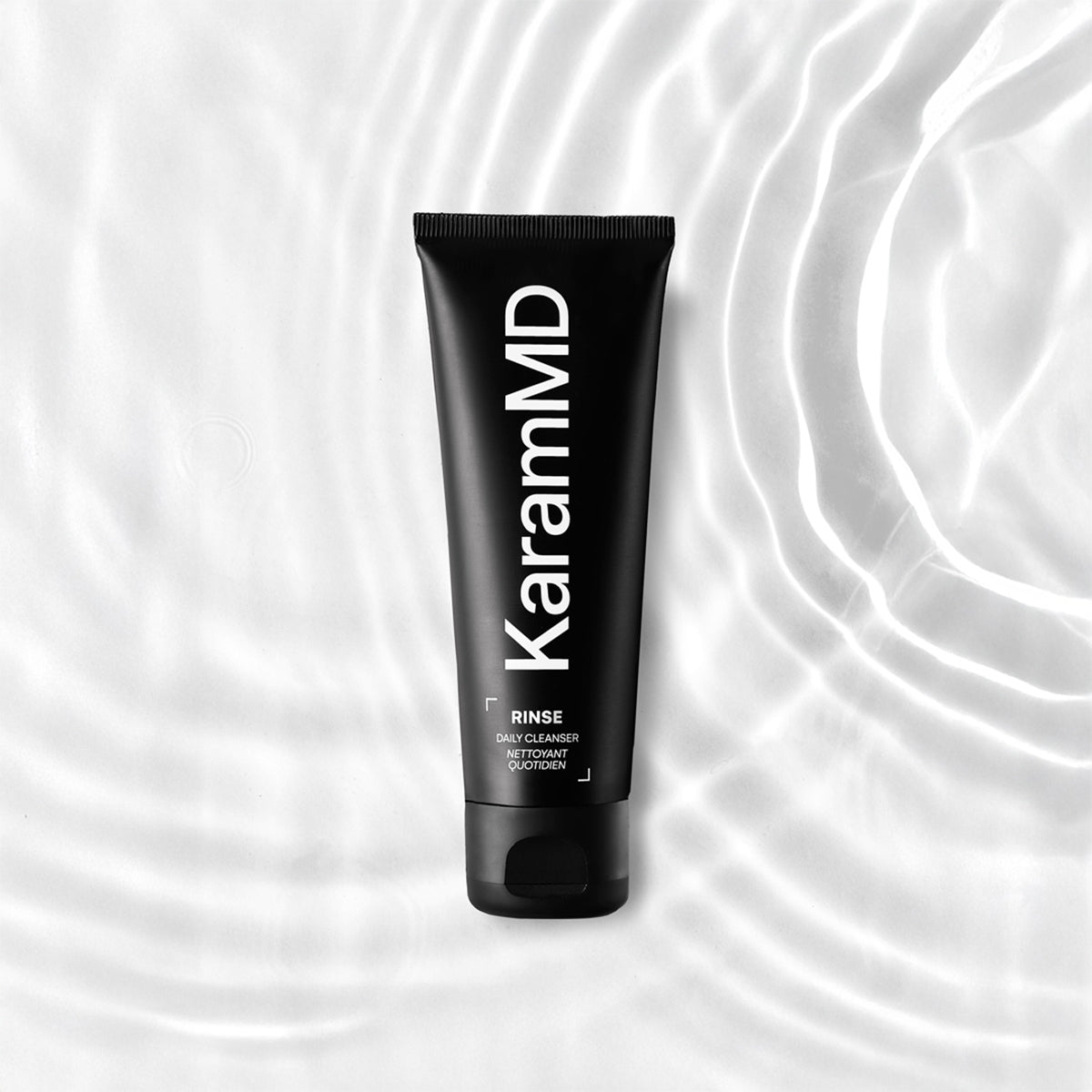
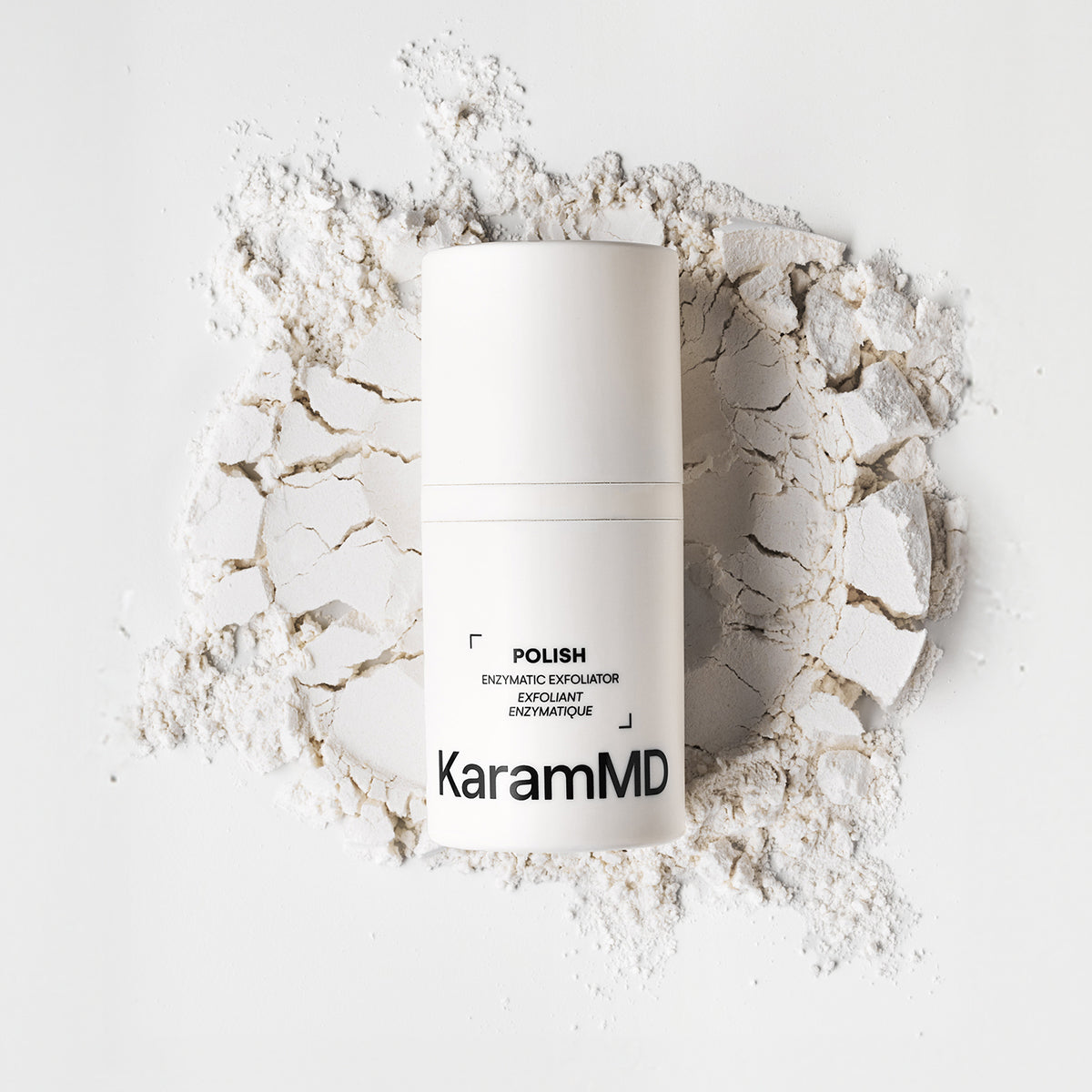
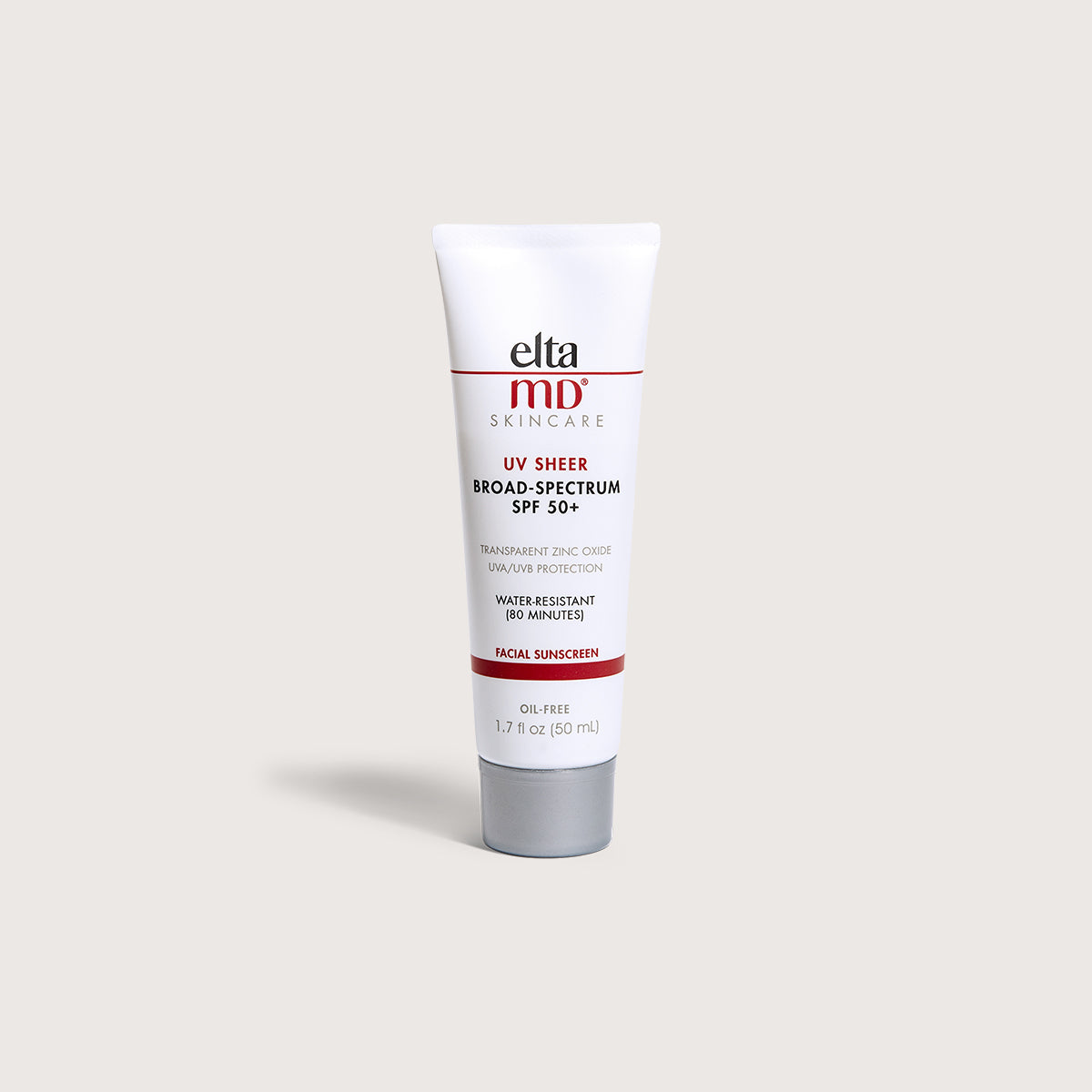
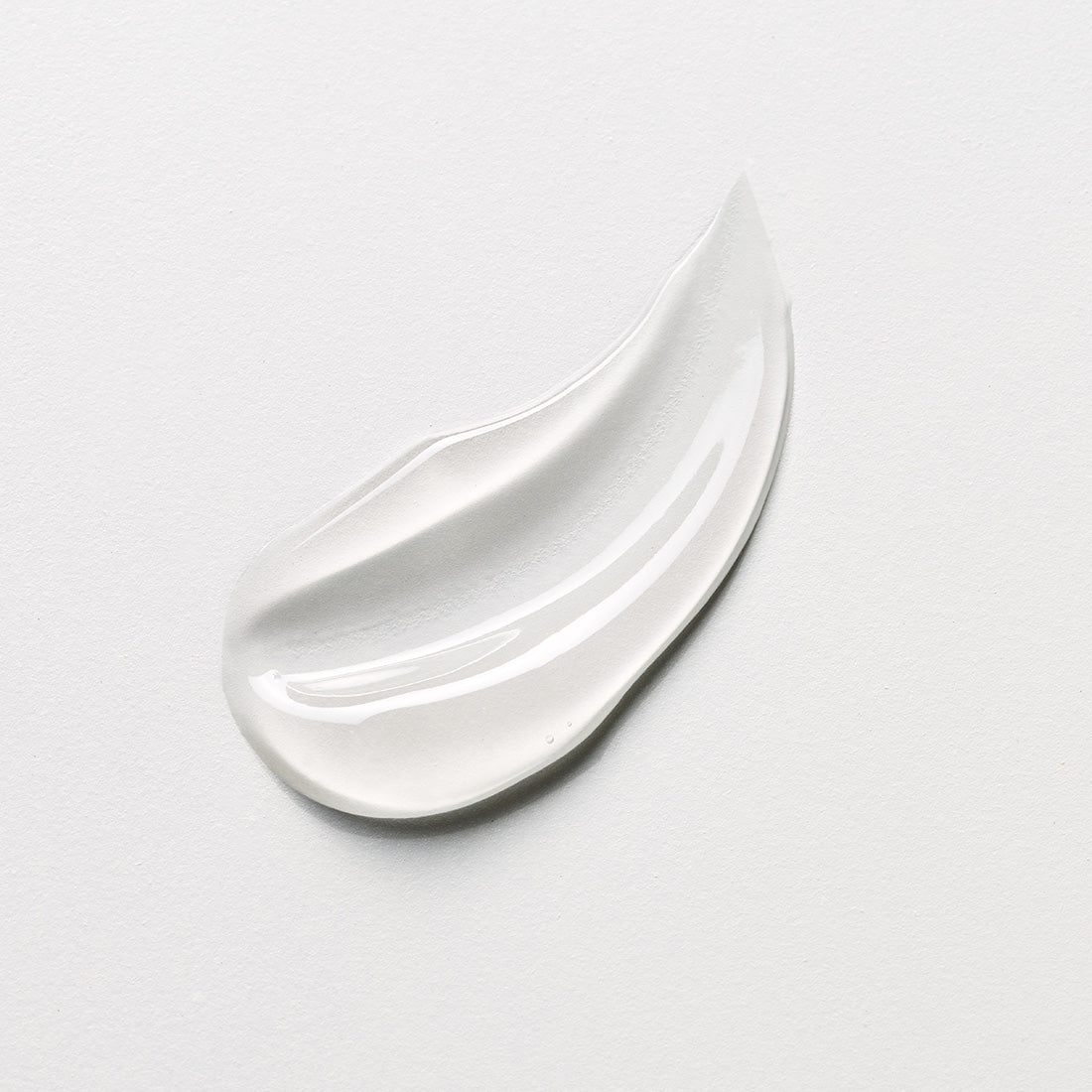
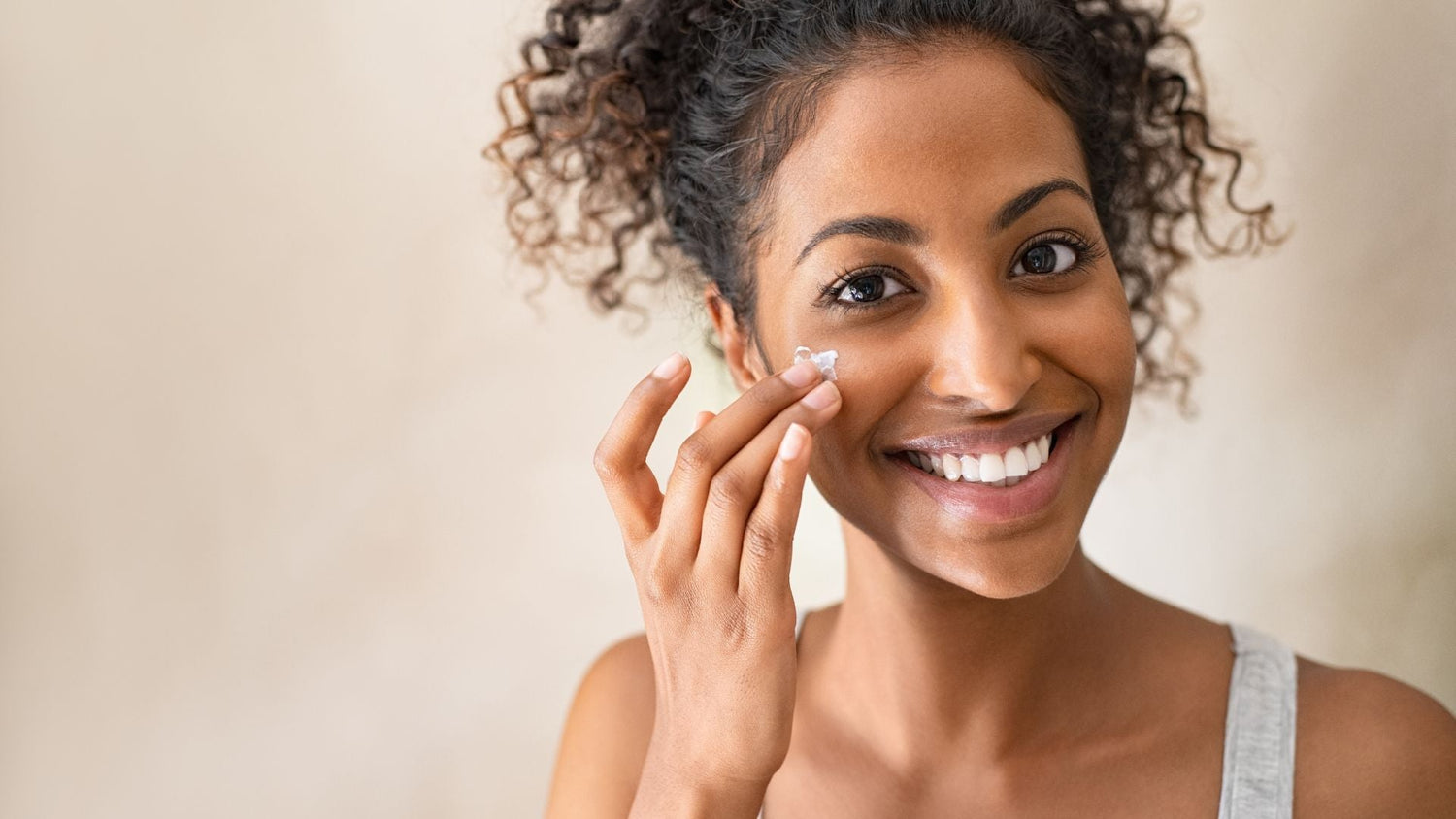
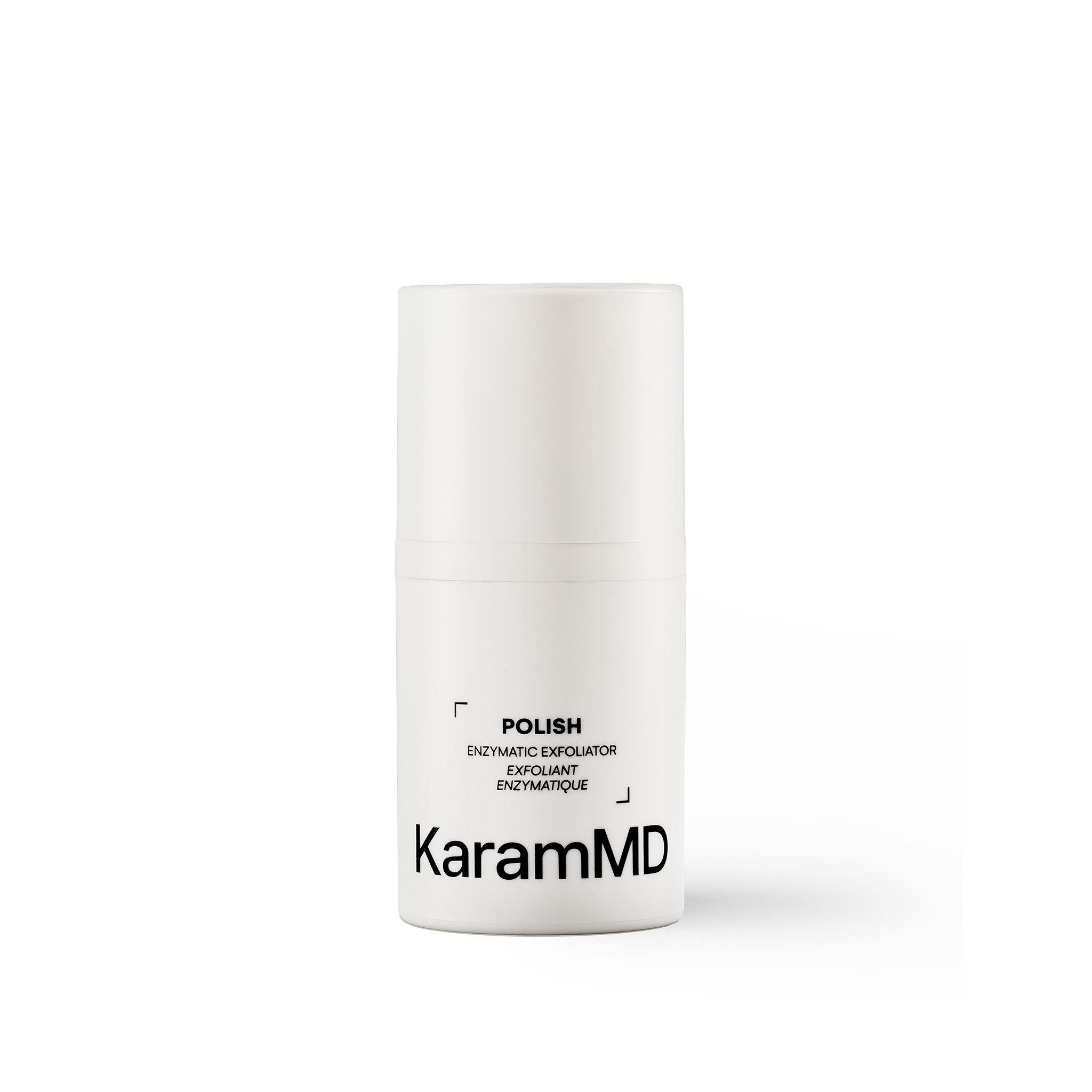
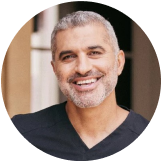

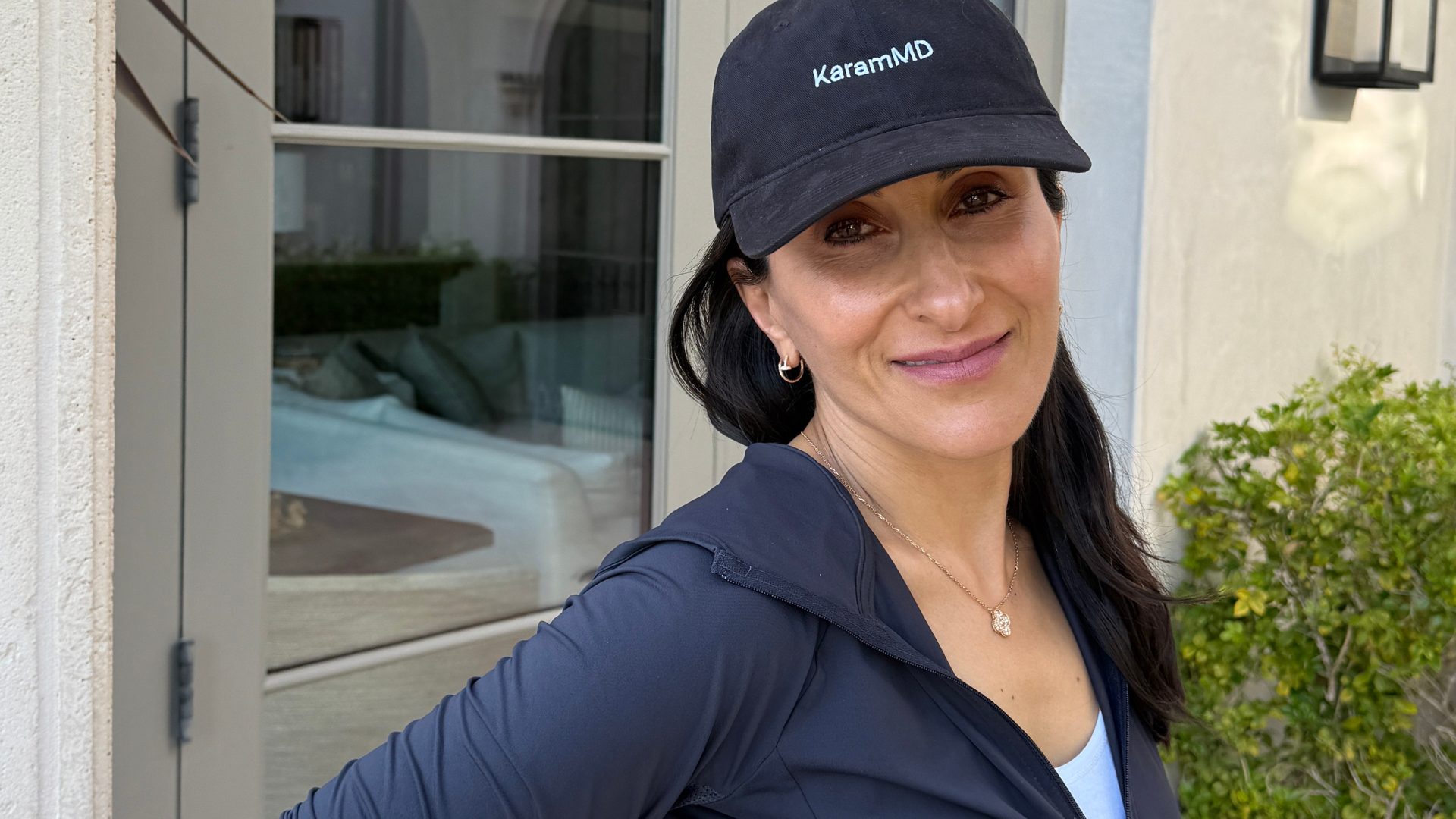


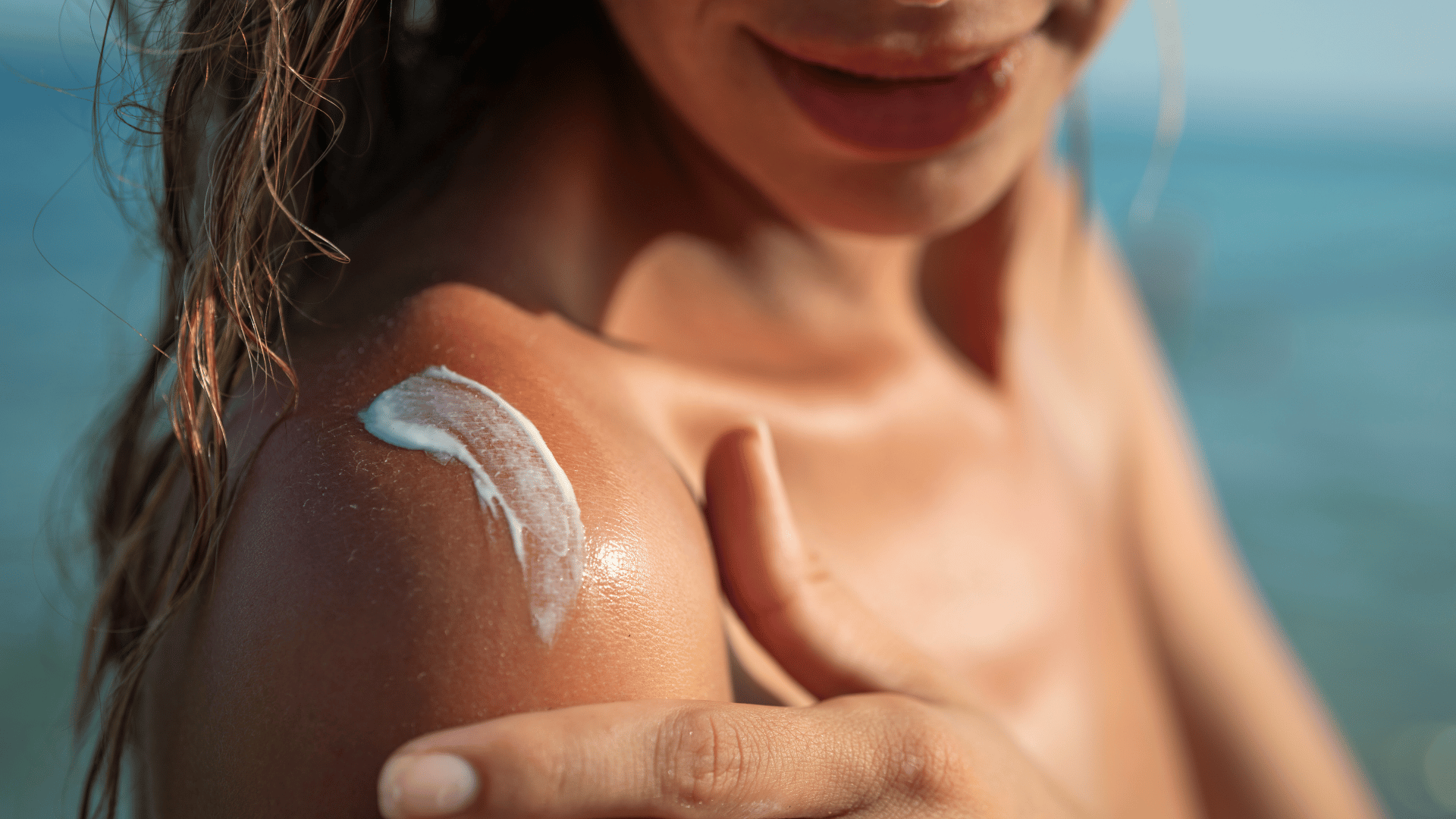

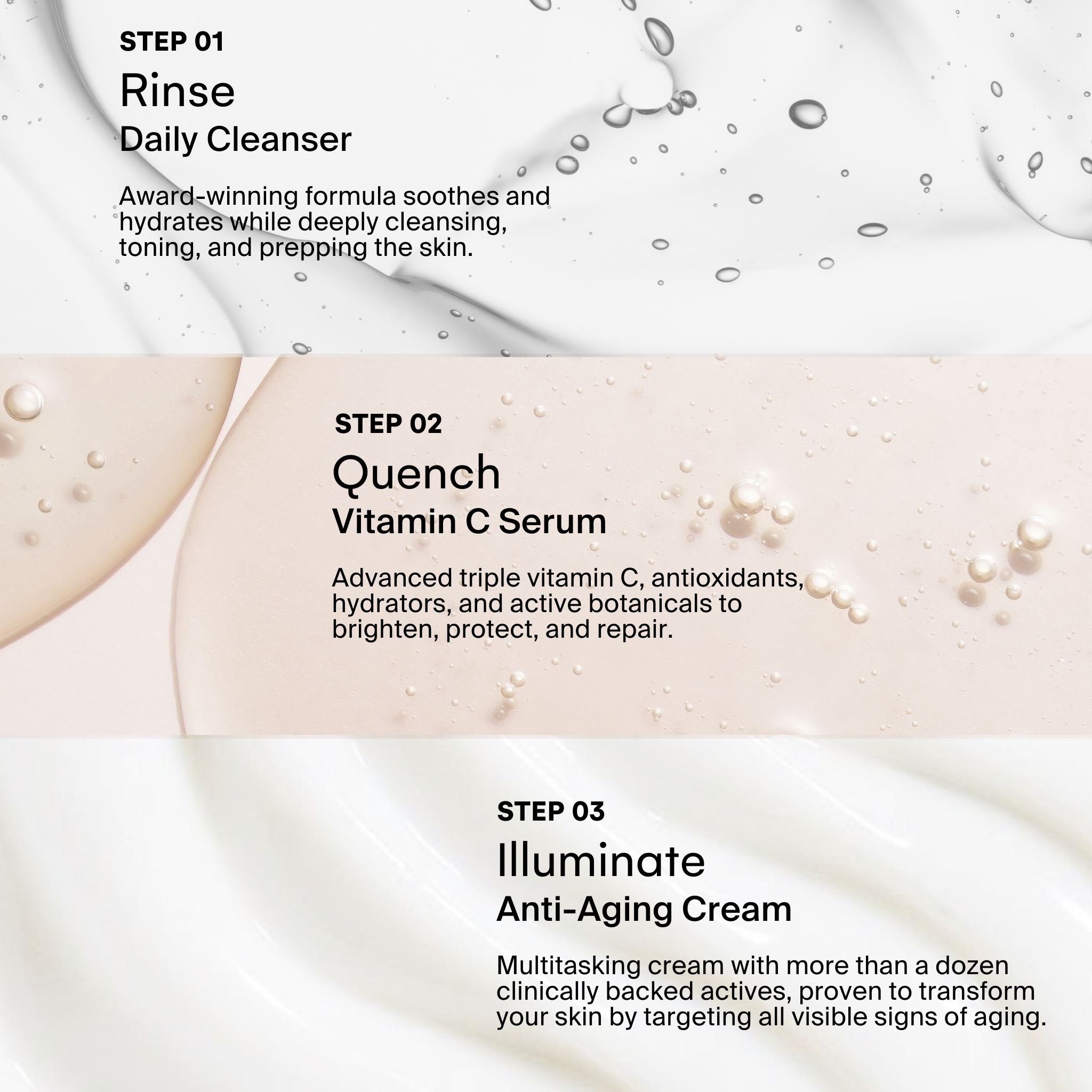
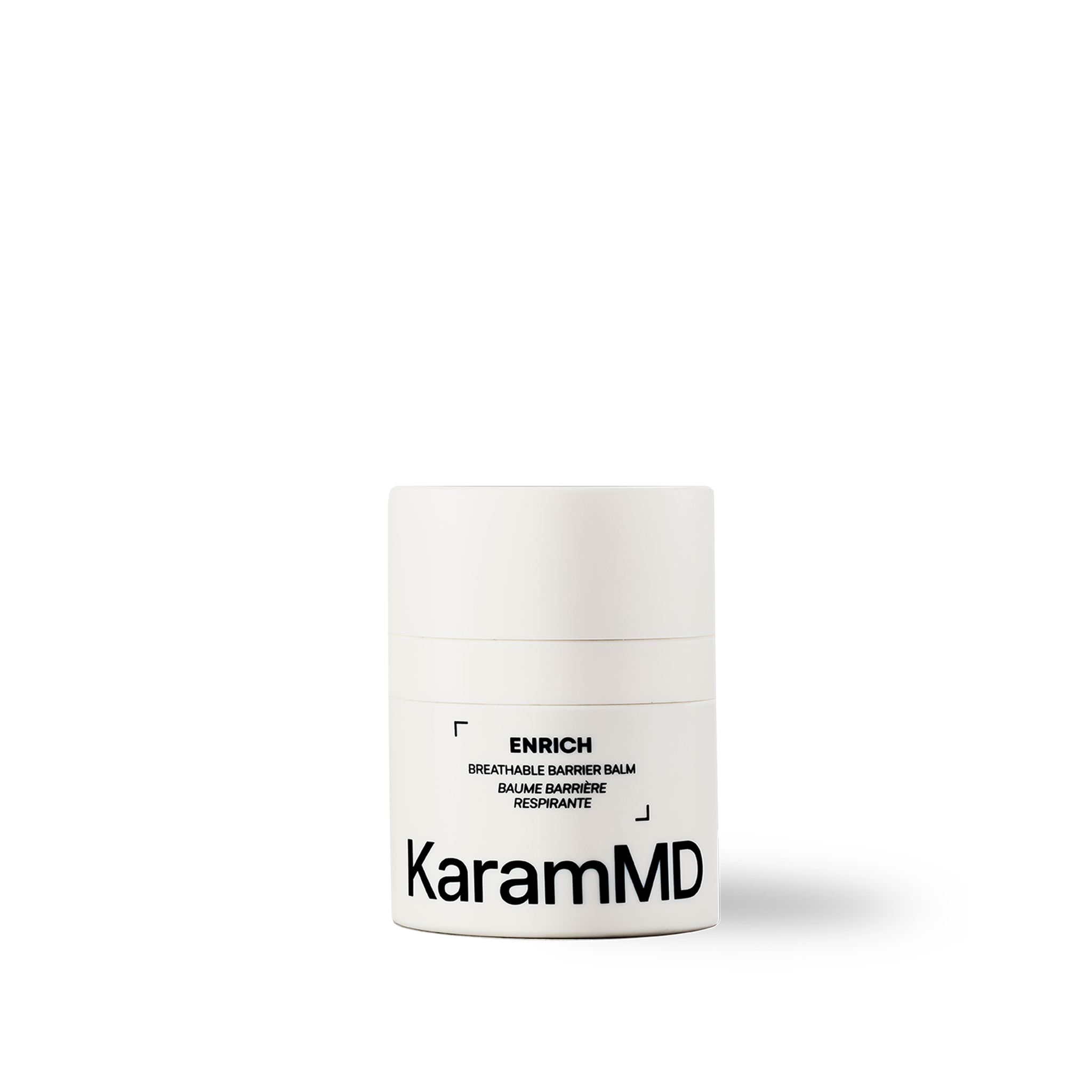
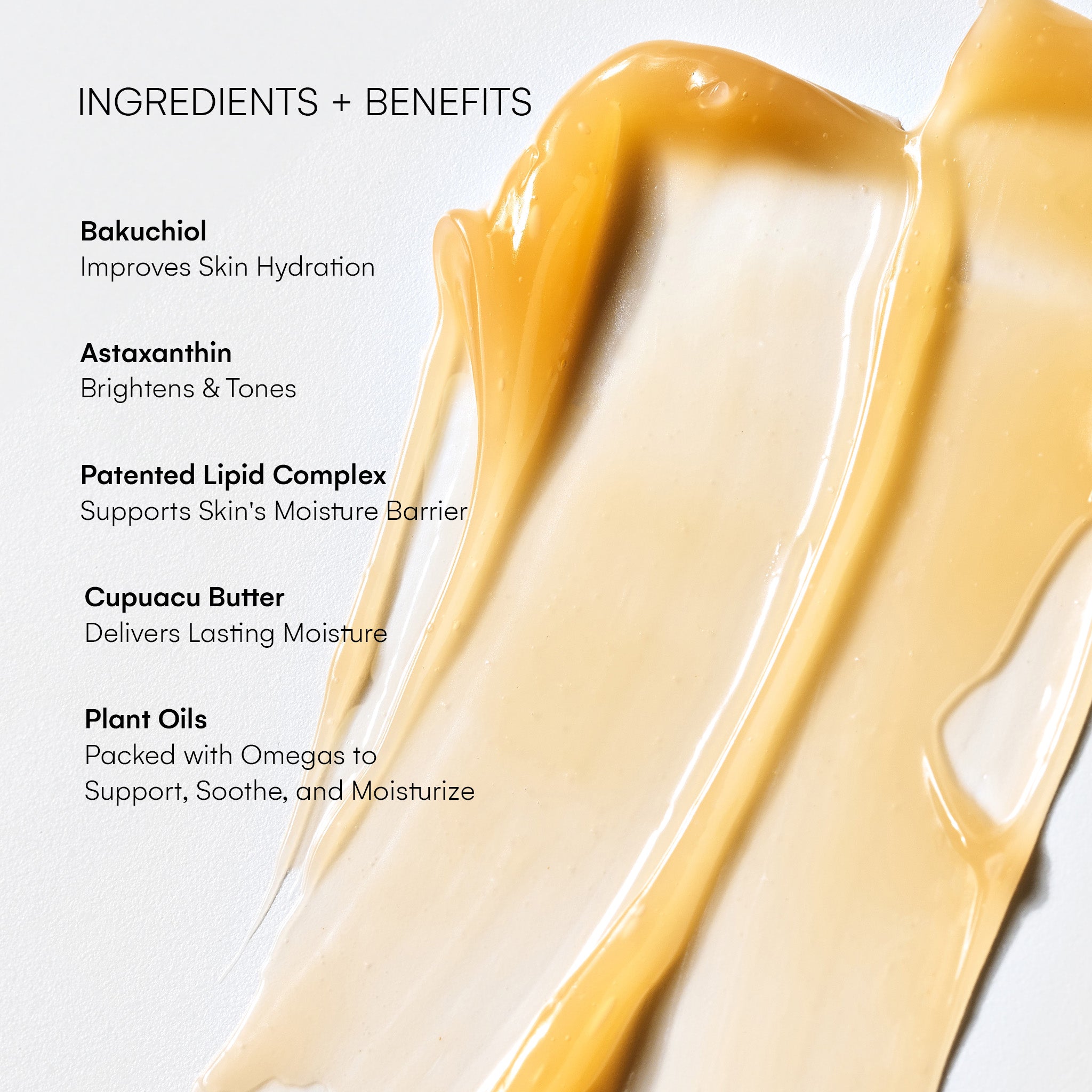
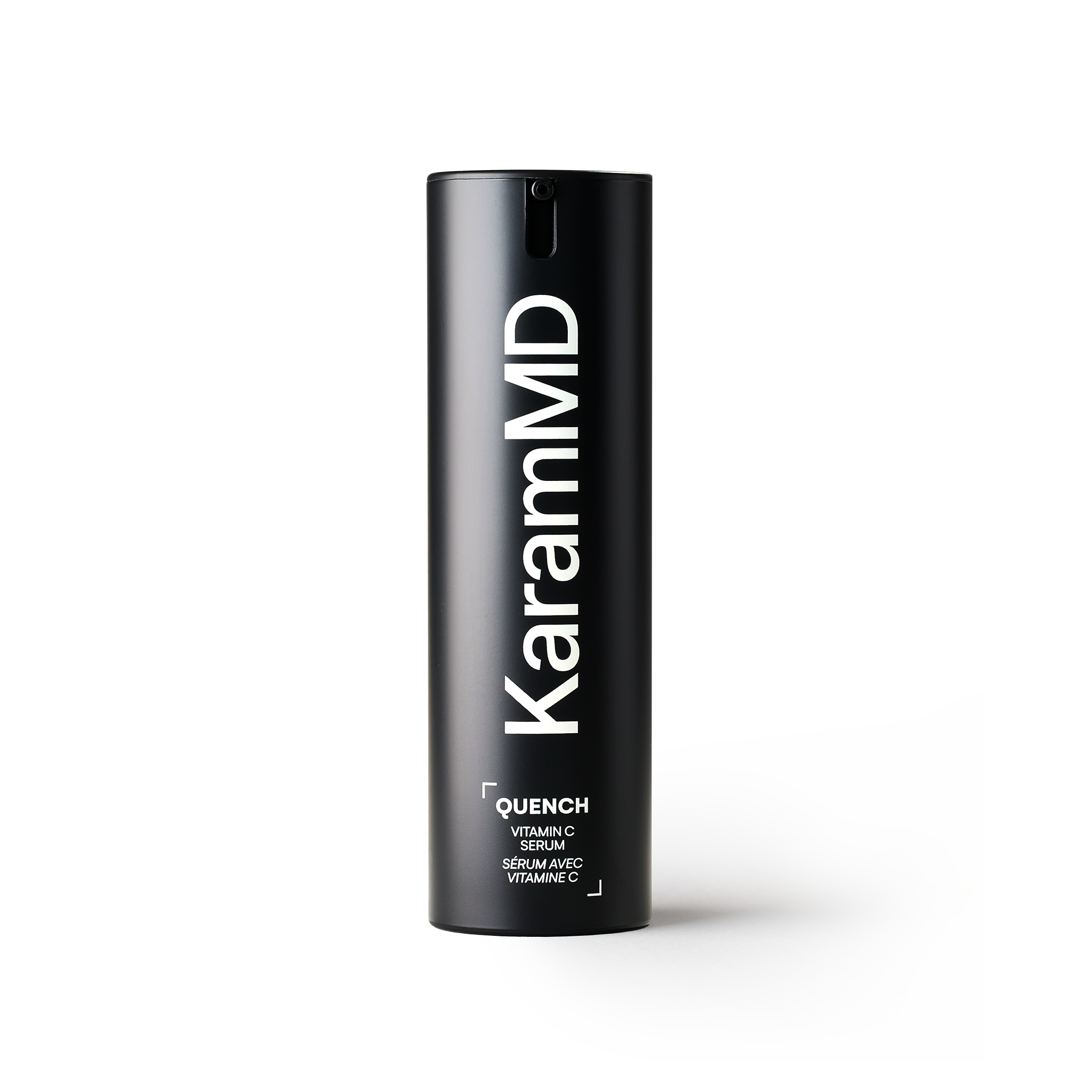
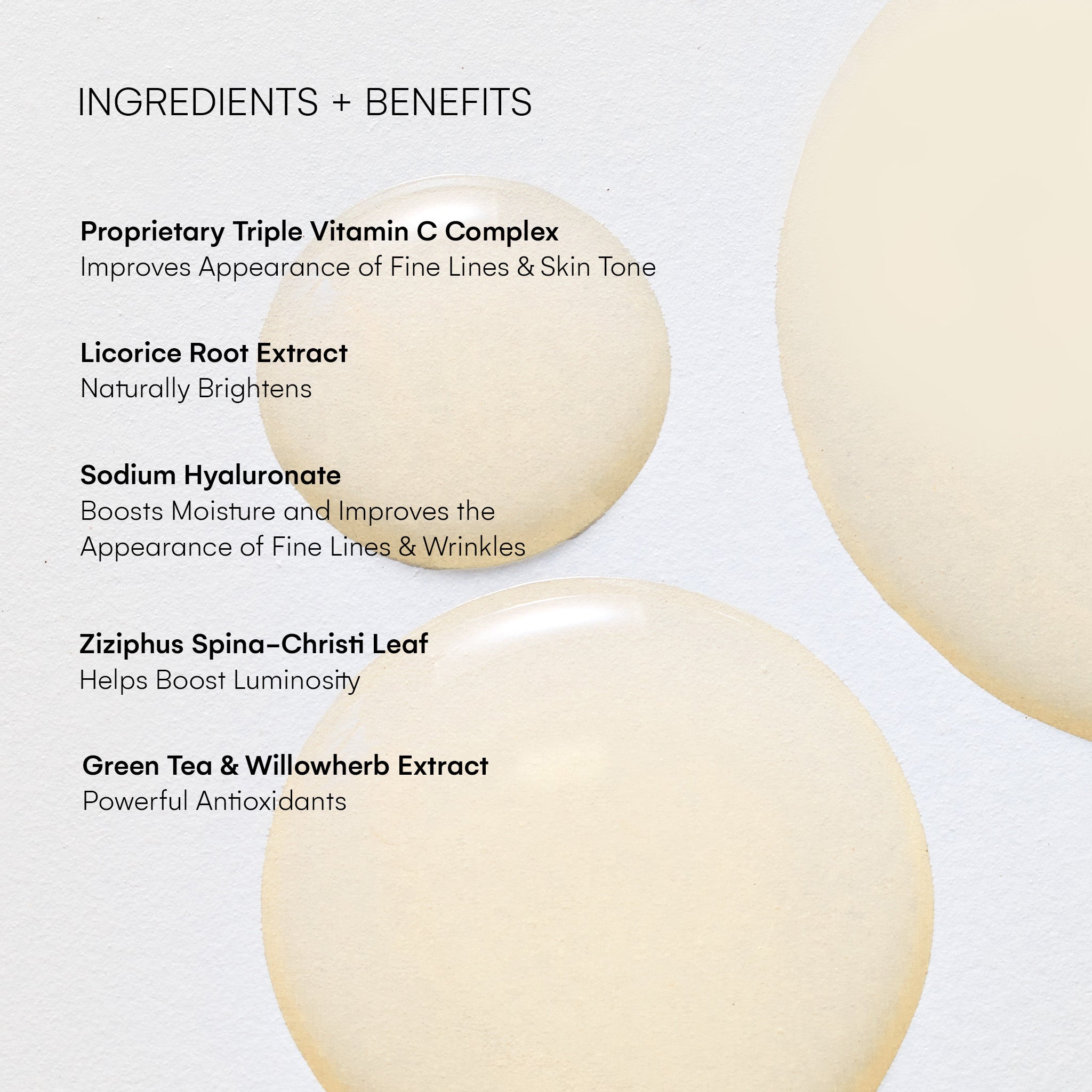
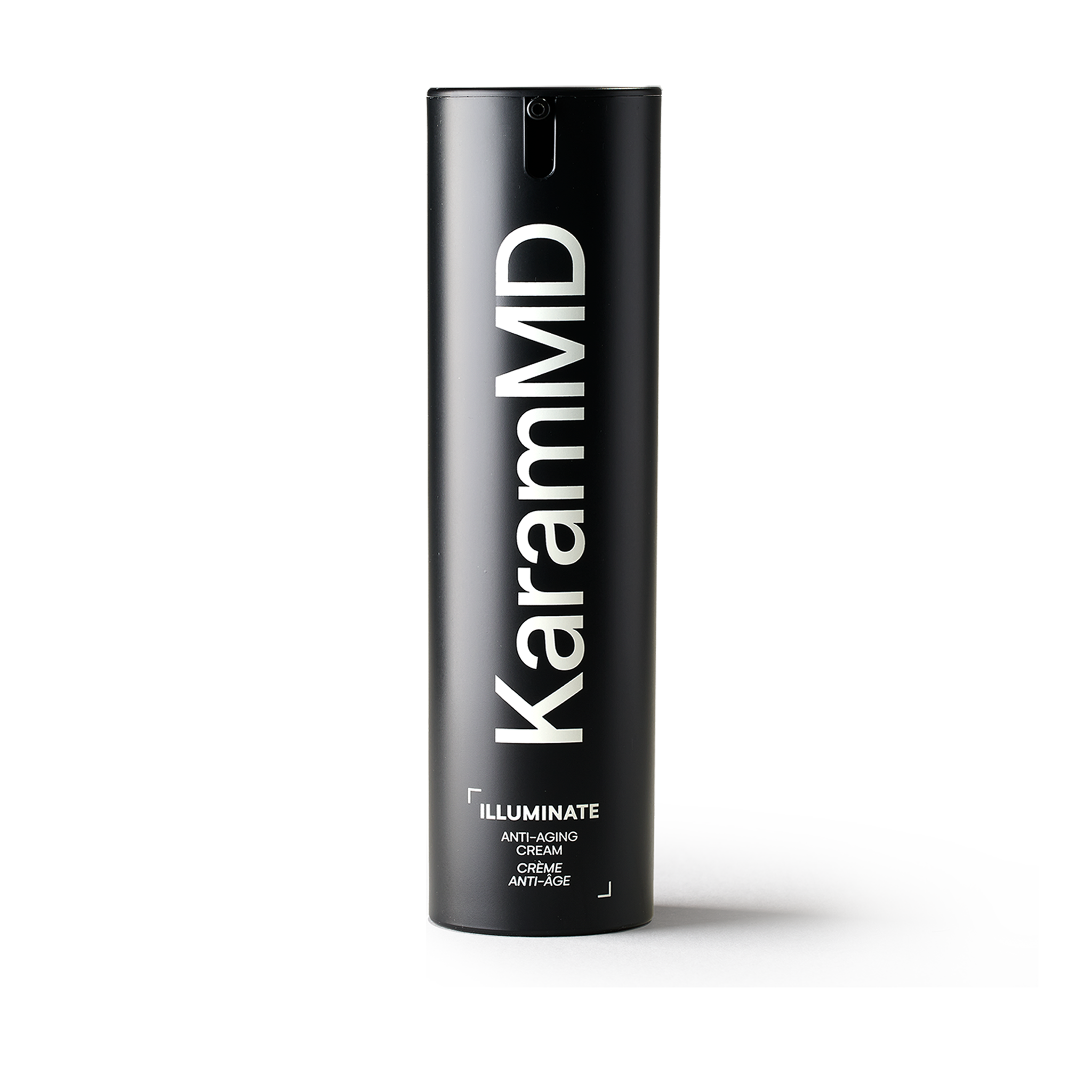
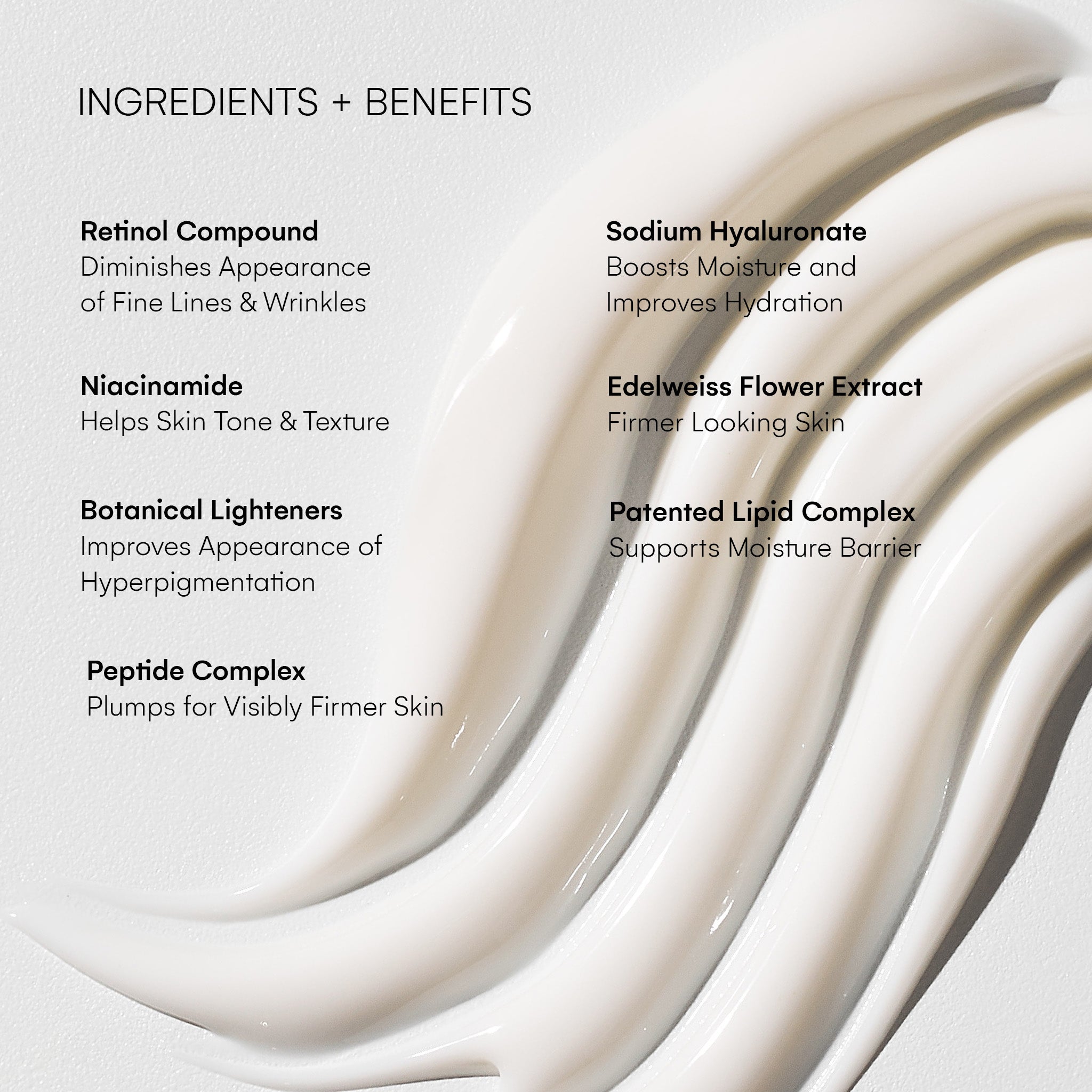
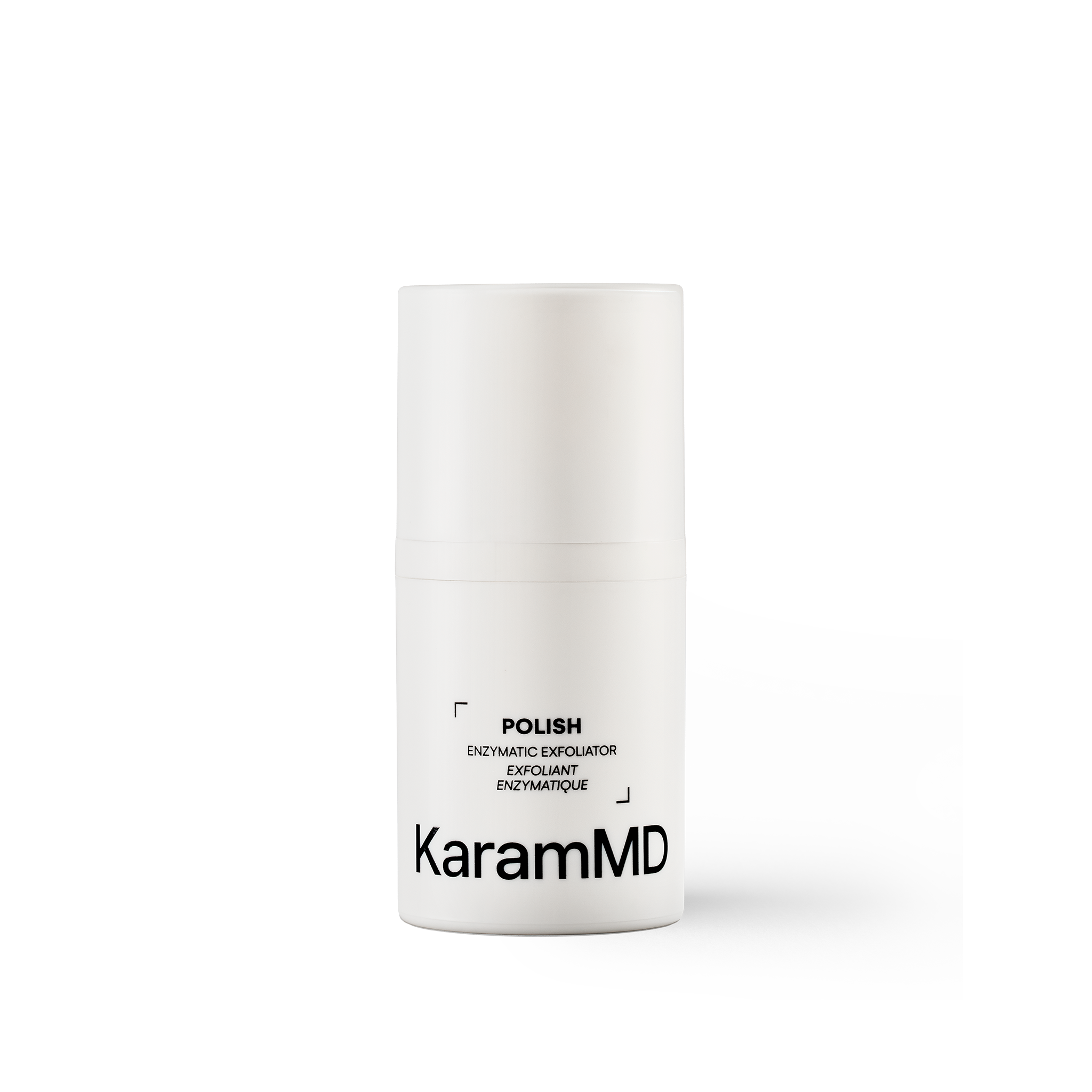

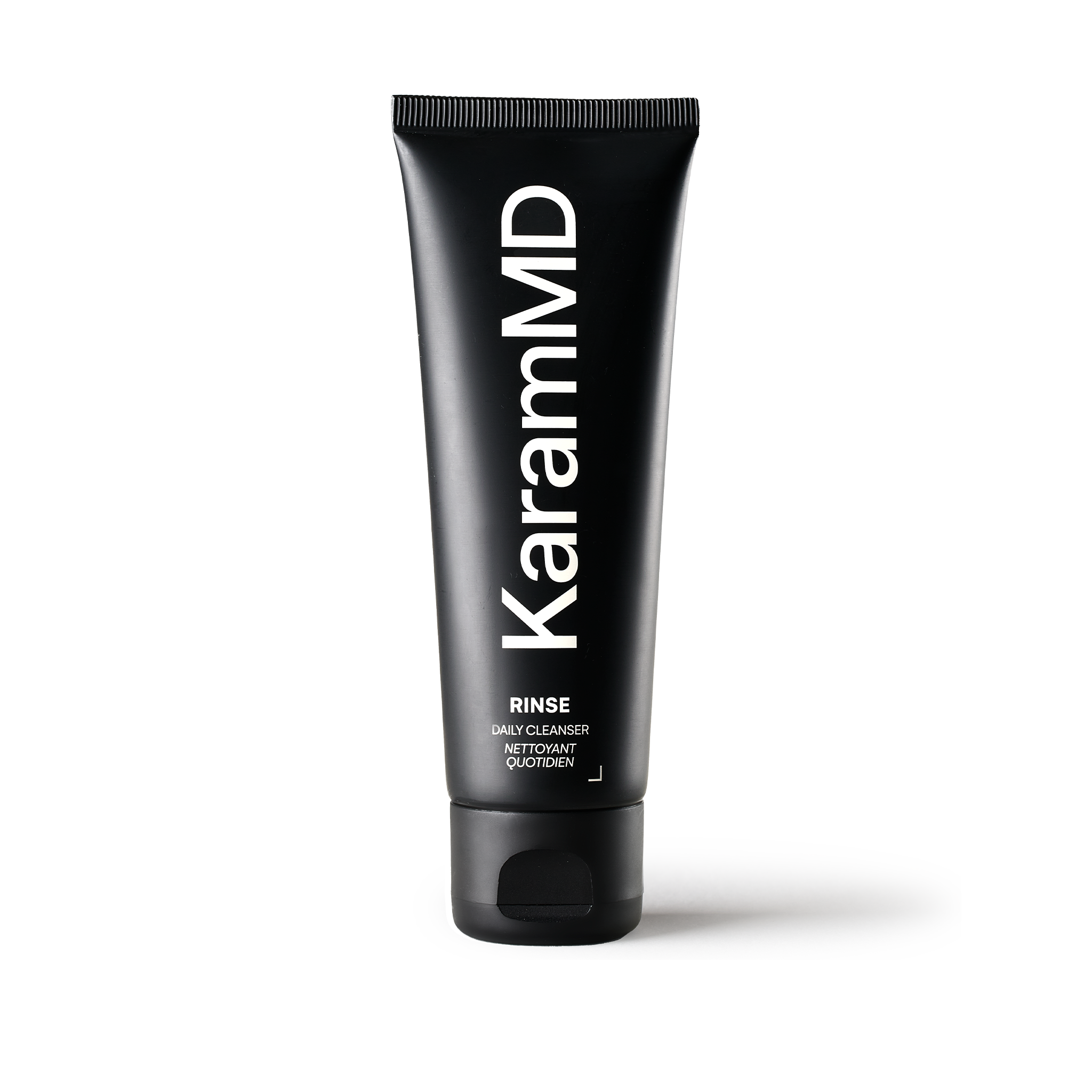
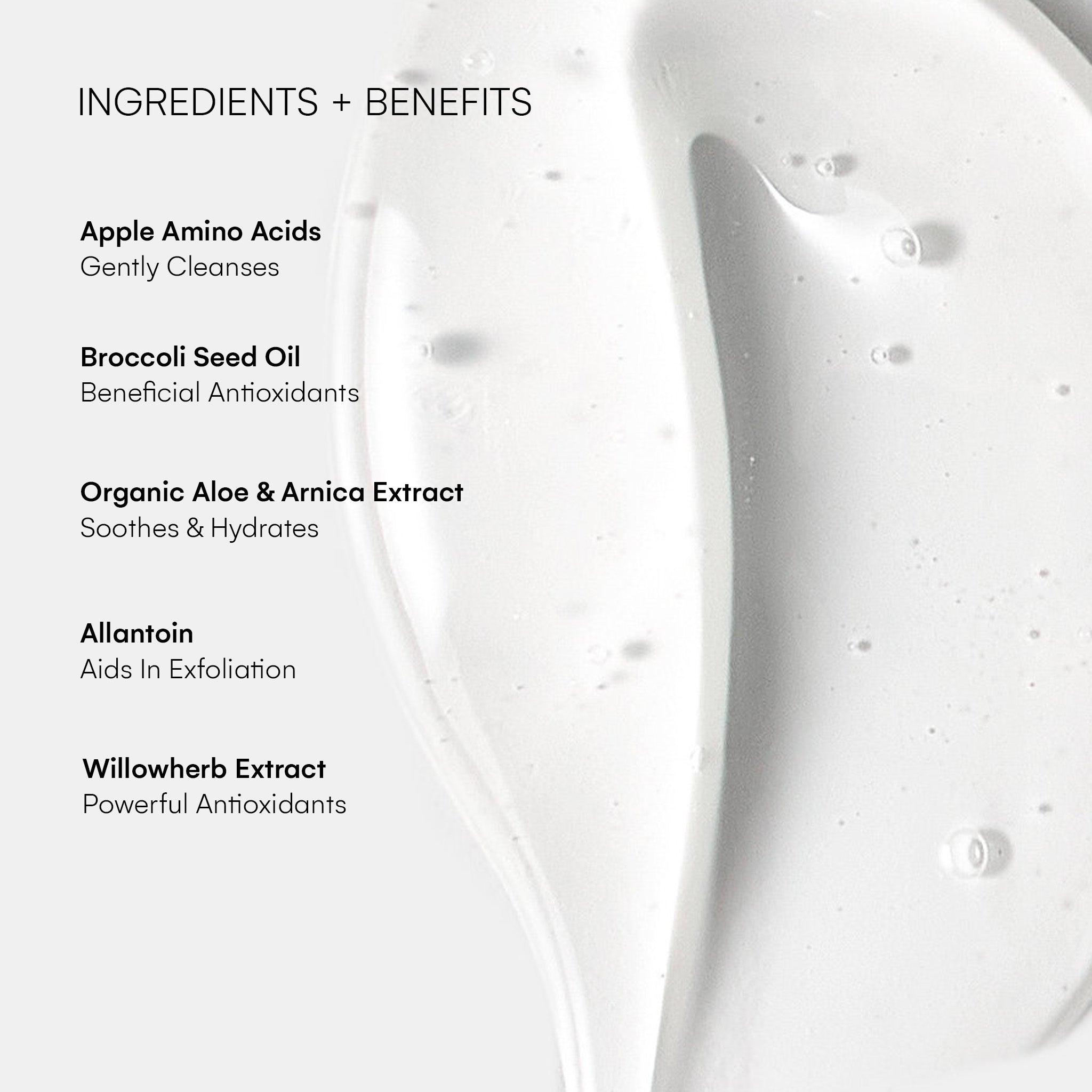
2 comments
Terri Rodawald
Please create a sunscreen product for the face
———
KaramMD Skin replied:
Hi Terri—Thank you for your feedback. We are always looking to improve the customer experience, so I will pass your suggestion along to our team. In the meantime, we sell EltaMD sunscreen on our website for customers based in the US. If you would like more information on how to pick the perfect sunscreen, there are a few articles in the KaramMD Journal that will help. You can search “sun protection” on our website to see them all. Hope that helps, and keep up the good work wearing your daily sunscreen! Take care.
Vicky
I use all your products and I love them. Question: I addition to using your products regularly, how often should I use regular retin A. I’ve been using it every three days, is that enough?
———
KaramMD Skin replied:
Hi Vicky—Thank you for reaching out, and happy to hear you’re enjoying the KaramMD products! You can continue using other retinoids like Tretinoin or Retin-A as often as your skin can handle, as individual responses can vary, it’s essential to listen to your skin. If three days works for you now, that’s great, and then you can slowly increase your frequency as your skin acclimates to the whole routine. Just apply any additional products after your Trifecta routine, as Trifecta is meant to be used as a complete skincare system. After you finish all three steps, you would apply your additional Retin-A afterwards as a supplement to the Retinol we already have in Illuminate, and if you have any moisturizing products like Enrich, those would be applied as the final step. We hope these guidelines help you incorporate your prescription Retinol into your skincare routine effectively. Best of luck on your skincare journey! >
Leave a comment
All comments are moderated before being published.
This site is protected by hCaptcha and the hCaptcha Privacy Policy and Terms of Service apply.